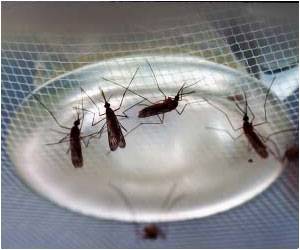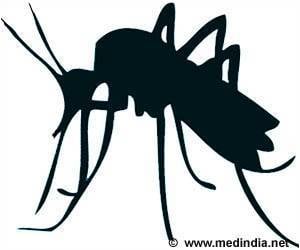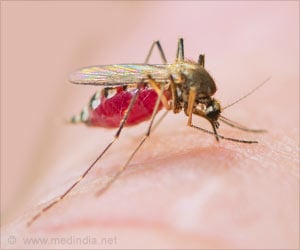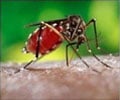Researchers have found that sea surface temperatures in the tropical South Atlantic Ocean can be used to accurately forecast, by up to four months, malaria epidemics in northwestern India.
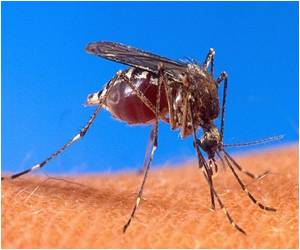
Previous efforts to forecast malaria outbreaks in northwest India have focused largely on monsoon-season rainfall totals as a predictor of the availability of breeding sites for the Anopheles mosquitoes that transmit the disease. That approach provides about a month of lead time before outbreaks occur.
The new forecasting tool should improve public health in the region by increasing warning time, thereby informing decisions about treatment preparedness and other disease-prevention strategies, Pascual, the Rosemary Grant Collegiate Professor of Ecology and Evolutionary Biology and a Howard Hughes Medical Institute investigator said.
Planning for indoor insecticide spraying, one widely used control measure, could benefit from the additional lead time, for example.
"The climate link we have uncovered can be used as an indicator of malaria risk," Pascual said.
"On the practical side, we hope these findings can be used as part of an early warning system," she said.
Advertisement
Malaria in its epidemic form occurs primarily on the margins of the geographical distribution of the disease, in places like arid northwest India where environmental conditions are only episodically suitable for sustaining Anopheles mosquitoes.
Advertisement
They found that most malaria epidemics in northwest India, which peak in October or November, occur when rainfall in the preceding summer monsoon season equals or exceeds a rainfall threshold presumably required to support the growth of Anopheles mosquitoes.
The researchers looked for a correlation between global sea-surface temperatures and epidemic malaria in northwest India.
The findings are set to be published online in the journal Nature Climate Change.
Source-ANI

